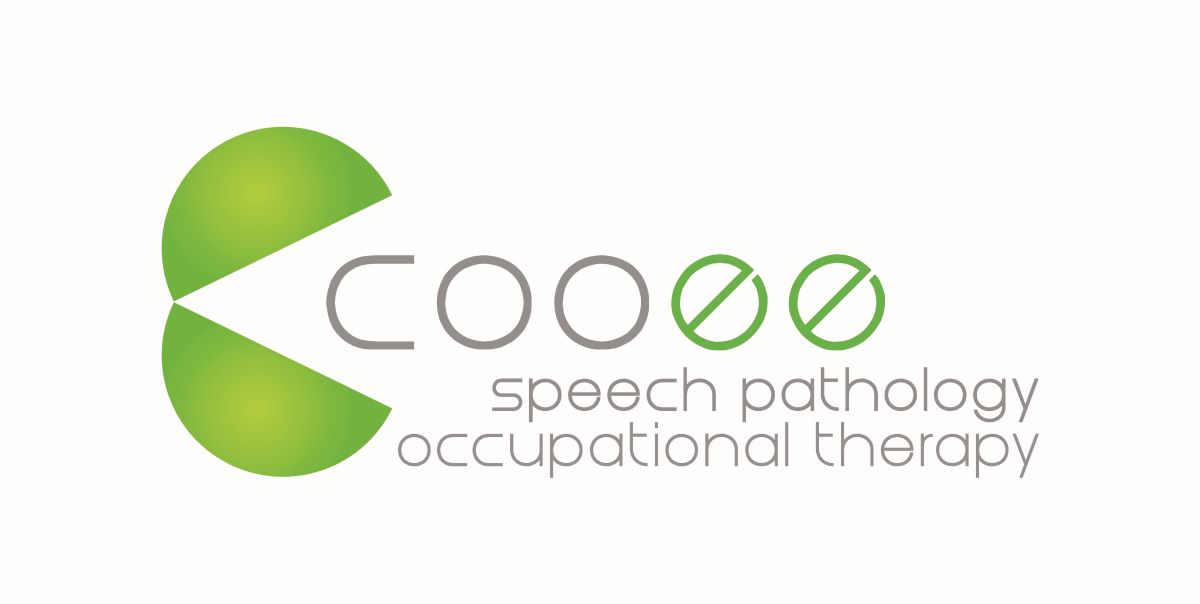Interoception: How can you tell if you’re tired or just hungry?
How can you tell if you’re tired or if you’re just hungry?

This is where ‘interoception’ comes into play. In order to be able to recognise body states such as being hungry, thirsty or tired, we use a key sense, called ‘interoception’.
Interoception is essentially a built-in system that helps us tune into what is happening inside our bodies. This sensory system, which is also referred to as our 8th sense, receives important information from receptors in cells from our organs, muscles and skin, allowing us to register and understand what we’re feeling internally.
Interoception allows us to make sense of what is happening in our bodies. For example, if you’re tired, your body might register that your eyes have become droopy and that your muscles have become heavy, indicating that you need rest.
What is interoceptive awareness?
Interoception includes two key aspects – our body state and emotional state.
- Body state: the basic functions and conditions of our body, including hunger, thirst, temperature, illness.
- Emotional state: our moods or emotions – think sadness, fear, excitement and happiness.
Understanding these signals is crucial for making sense of our experiences and helps us interact with the world around us. Interoceptive awareness is our ability to read these cues and understand what they mean. It’s important to remember that what one thing means for me, can be different to what it means for someone else – they can mean different things for different people!
The link between Interoception and Regulation
What is regulation?
Regulation is having the capacity and energy to match the task at hand. This is our ability to tackle a task regardless of emotion. It’s also our ability to navigate what is happening for us so that we feel okay.
Why is interoceptive awareness important for regulation?
Interoception and regulation go hand in hand. Interoceptive signals tell us how our body is feeling and alert us when something feels different. This nudge urges us to take action, so that we can feel okay and return to a regulated state. For example, a rumbling stomach and feelings of being lightheaded alert us to eat something to diminish our hunger. Or, if we notice sweaty palms and fidgety hands, it might indicate that we’re nervous and need to use a sensory toy to help regulate ourselves.
How can Occupational Therapists help?
To support interoception and to develop interoceptive awareness, Occupational Therapists can use a number of different tools and strategies. This allows children and young people to better identify and understand their body cues.
Teaching children about interoception can be fun and meaningful. Often interoception involves lots of ‘experiments’ that allow children and young people to explore how different experiences make their body feel.
For some children, Occupational Therapists might need to collaborate with a Speech Pathologist to facilitate understanding about different body systems, descriptions of feelings and sensations.
If your child struggles to make sense of their body cues and has trouble understanding their body’s signals, further developing their interoceptive awareness can be beneficial.
If you think your child needs assessment or support in this area, you can get started by booking online today.

Kiara Moodley
Occupational Therapist


